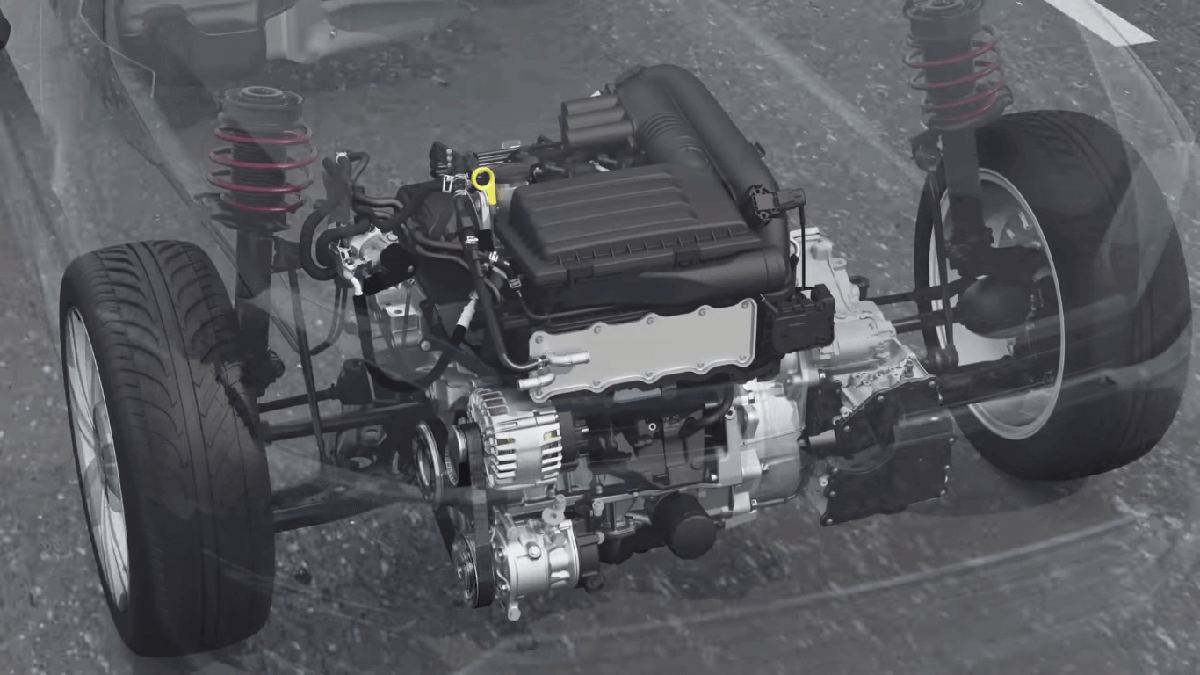TGI engines: What are their pros, and how do they work?

Turbo Gas Injection, abbreviated TGI, refers to Volkswagen cars equipped with turbocharged engines with direct natural gas injection (CNG).
These engines are structurally derived from TSI engines, specifically from the 1.4 TSI engine. TGI engines can burn gasoline and compressed natural gas, i.e., CNG.
Table des matières
Advantages of TGI engines
Turbo Gas Injection engines were among the first ones equipped with direct injection of natural gas and a turbocharger. Thanks to this combination, high engine performance and low emissions are achieved.
In addition to the mentioned pluses, TGI engines are quieter and more refined than their petrol siblings, thanks to the high octane number of compressed natural gas (CNG).
The normal drop in engine performance when burning CNG in naturally aspirated (non-turbocharged) engines is eliminated by the turbocharger in TGI engines.
The turbocharger can drive a sufficient amount of air into the combustion chamber, which is necessary for ideal combustion, thanks to which there is no decrease in engine performance when burning CNG, as with classic atmospheric engines.
Designations of the Volkswagen Group cars that burn CNG:
However, the designation of turbocharged engines with direct injection of compressed natural gas varies across the entire Volkswagen Group. Volkswagen and Seat mainly use the abbreviation TGI.
Other brands of concern use a different designation. For example, Škoda uses the abbreviation G-TEC to designate its cars powered by natural gas and Audi G-Tron.
However, all the cars of the concern use the same 1.4 TSI engine, which is adapted to burn compressed natural gas or CNG.